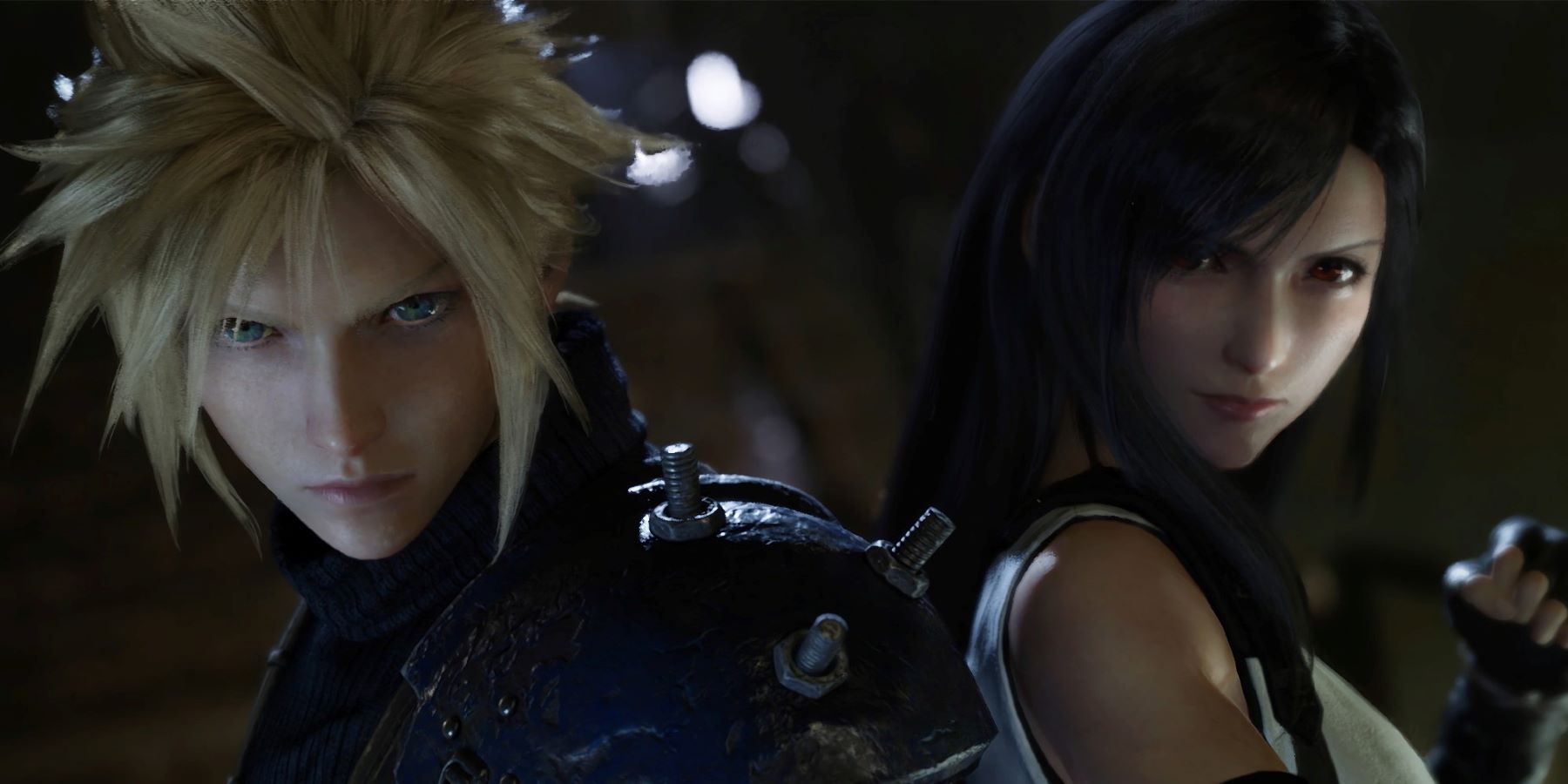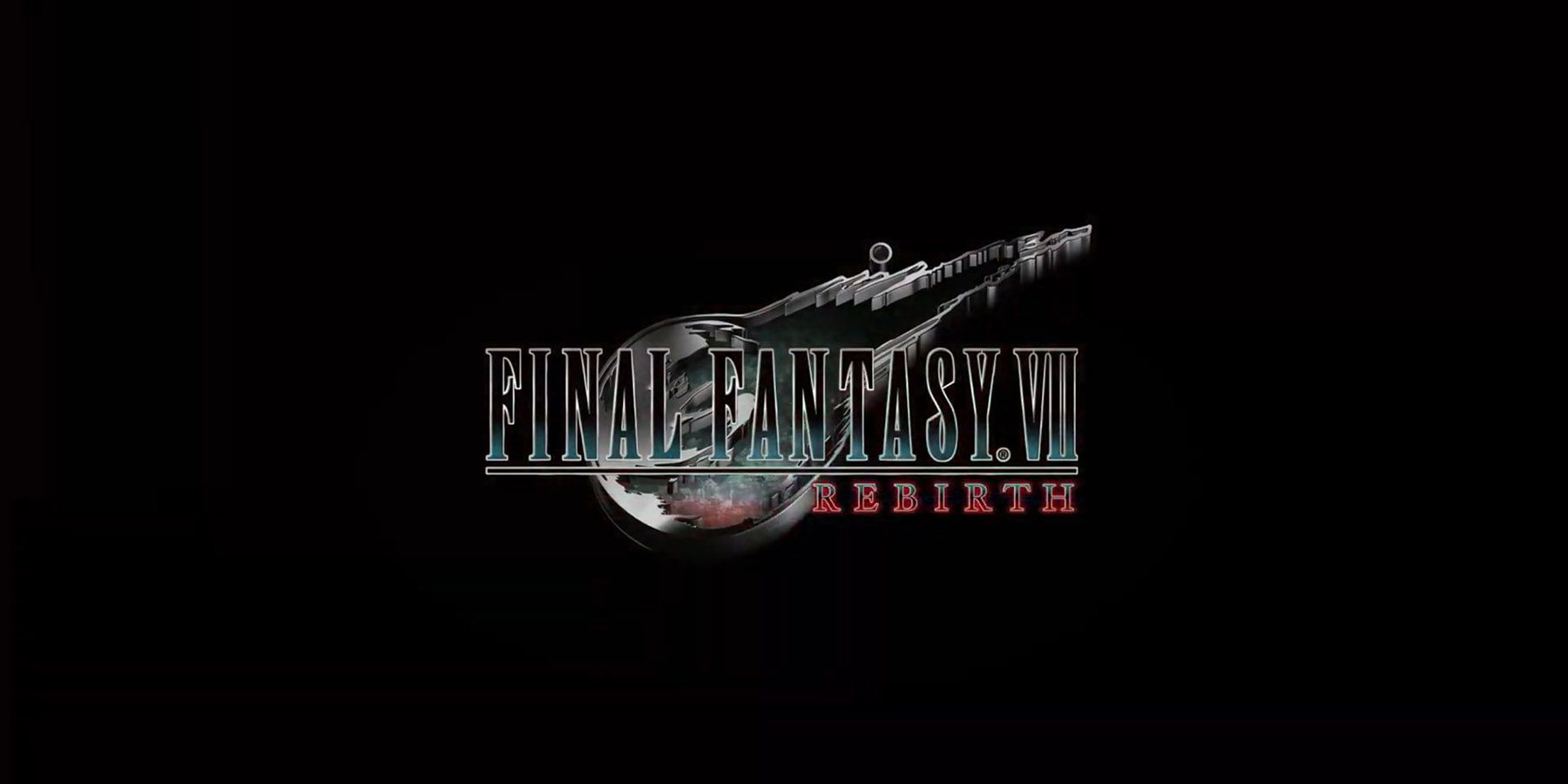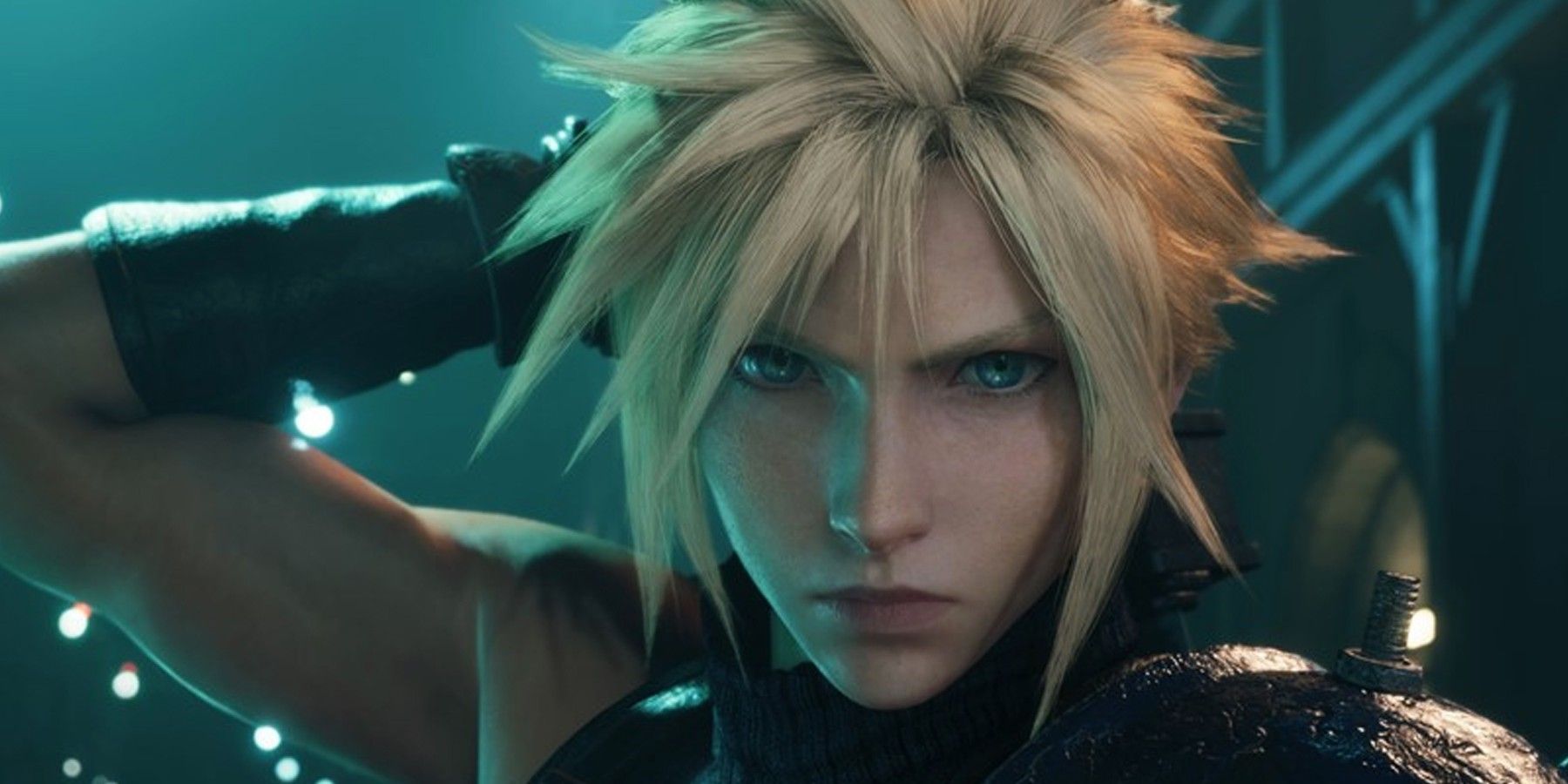During The Final Fantasy 7 25th Anniversary Celebration live stream Yoshinori Kitase, the Executive Producer for the series, finally confirmed that the Final Fantasy 7 Remake project would consist of 3 parts. 2019's Final Fantasy 7 Remake kicked things off with part one; 2023 is set to deliver the second chapter with Final Fantasy 7 Rebirth, and finally a third will bring the project to a close... at some point.
When Remake was announced back in 2015 it came with the news that this re-imagined version would in some way be an episodic retelling of the classic story. No further details were given, and while much of the concerns over this format were put to rest after fans were able to experience the quality and care that was poured into Midgar's makeover, there still remained the question of how many parts it would take Square Enix to complete the story. Now that the entire Final Fantasy 7 Remake project is confirmed to be a trilogy, some educated speculation can begin to narrow down how much of the original game Rebirth will cover.
The Groundwork Of Remake
Final Fantasy 7 Remake took place entirely inside the city of Midgar, making it a miraculous embellishment on a relatively small section of the original game. What took players in 1997 six hours to complete, was expanded to a full 60-hour campaign for the contemporary 2019 audience. Such a detailed elaboration threw out any preconceived notions of how this entire project would be broken down. In some way limiting the entire Remake saga to three entries almost seems rushed after taking so much time to explore what was originally just the opening city, however it is important to remember that in terms of a division of labor for the development team, story progression isn't the only metric at play.
There was a lot of groundwork that needed to be laid down: combat, art direction, progression systems, animations, models, and so much more had to be created, tested, and iterated on. Limiting Final Fantasy 7 Remake to Midgar allowed Squre Enix to spend time on the back-end elements that the company would be able to reuse across the rest of the future titles. It's likely that the content contained withing Rebirth will follow a similar logic, and so when considering how to divide what is left into 2 entries it may be more useful to think about the logistical work required and less about how much of the actual plot remains.
Things To Consider for Final Fantasy 7 Rebirth
When thinking about the pacing of the Remake trilogy as 3 separate games, it's important to keep in mind that audiences need to feel as if they are experiencing a complete package. For the time being it is useful to ignore that this is a remake of an existing title, and instead examine how an RPG trilogy might naturally evolve over each entry. Some of the staples that players would expect out of a new release would be things like new areas, new characters, expanded environments and mechanics. Each title in the trilogy would also have to also be paced out in a satisfying way, to deliver a fun and balanced experience. Taking a singular project and segmenting it into three equal parts ignores this pacing entirely. This line of thinking extends to how the content that remains after Midgar in the original Final Fantasy 7 should be examined.
If the remainder of the plot were to be divided into two mostly equal parts, a halfway point would likely be drawn at Aerith's Death in the Forgotten Capital. However, looking at everything from a development standpoint as well a pacing standpoint, this would actually put a disproportional amount of content on this upcoming second chapter. By that point in Final Fantasy 7's story, players have every party member, they have visited all three of the major continents that make up the world map, and they have potentially already explored Wutai.
There are certainly new things to be found in the second half of the original game, however there is also a large amount of revisiting environments and exploring new parts of older areas. It isn't known exactly how exploration will work in the remaining parts of this trilogy, but whether it's designed to be open world, open area, linear, or something in between these 3, by the time players get to Aerith's death they have visited nearly every area in the first two continents and roughly half of the third. This means that the development team will need to generate unique models, textures, and environmental art for 17 unique areas and whatever connective tissue lies in between them.
The Logical Halfway Point
When looking at the remainder of the original Final Fantasy 7 with all of this in mind, the true halfway point becomes clear. Rebirth should end at Nibelheim. In terms of story pacing and progression this makes a lot of sense. Nibelheim is a site of great importance to Cloud's story, and since this was in many ways the "birth" of who Cloud Strife currently is, it thematically plays in nicely with the title of Rebirth. This game should have the flashback to Nibelheim near the beginning, shortly after the party arrives in Kalm, so ending with the return to Nibelheim will provide nice narrative symmetry.
In terms of party progression, this also works well as an ending for Rebirth. Currently, there are four characters that have not yet been playable in the Remake project: Red 13, Cait Sith, Vincent Valentine, and Cid Highwind. Ending Rebirth at Nibelheim would allow for two of these characters to be fully introduced and fleshed out while also saving the final two, Vincent Valentine and Cid Highwind, for the third installment. This also fairly evenly divides the remaining explorable areas giving players access to the majority of the first two continents, while saving the third continent and the peripheral Islands (including Wutai) for the third game.
This version of the return to Nibelheim may also contain a greater deal of story revelations than the original, since modern audiences are aware of the Zack plot twist, and it wouldn't make as much sense to keep that reveal for the final third of the story. With the release of Final Fantasy 7 Crisis Core Reunion coming a year before Rebirth's debut the timing seems a little too deliberate for Square Enix to not have some changes for this section of the game in mind. Finally, it's probably not a coincidence that the first thing Square chose to show off for Final Fantasy 7 Rebirth was a slice of gameplay form the Cloud's infamous flashback sequence in Nibelheim.
Final Fantasy 7 Rebirth is scheduled to release in Winter 2023 exclusively on PS5.


.jpg)

